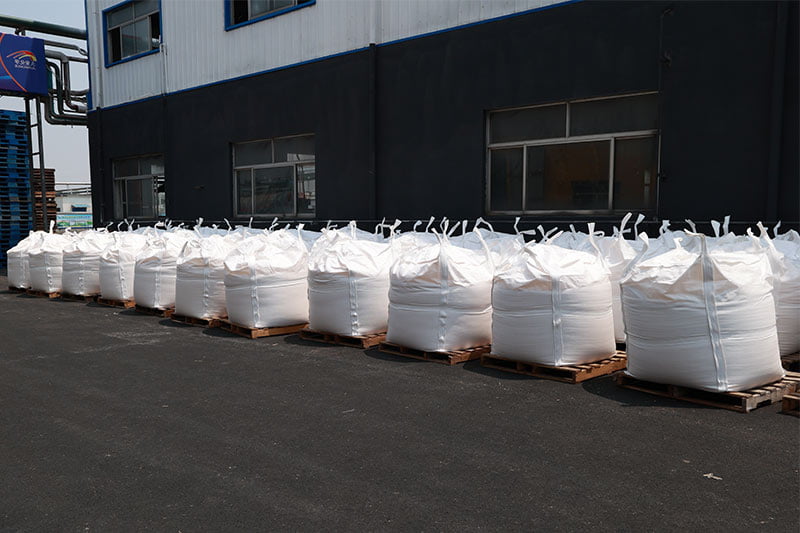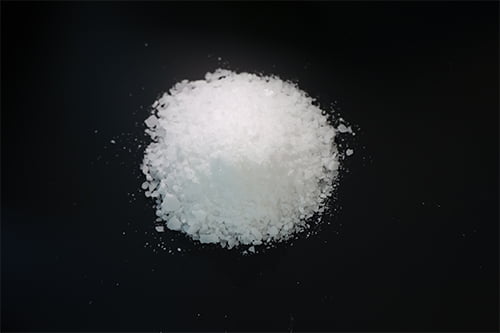Introduction
Why You Should Care About Neopentyl Glycol Price Trends.Neopentyl Glycol (NPG) is a crucial organic compound widely used in various industries, including paints and coatings, automotive, textiles, and pharmaceuticals. As a content writer, I will delve into the significance of understanding Neopentyl Glycol price trends and why it matters to businesses and consumers alike.
The Importance of Neopentyl Glycol

Understanding Neopentyl Glycol
Neopentyl Glycol, often referred to as NPG, is a critical organic compound with various applications across industries. This versatile substance serves as a fundamental building block in the production of polyesters, alkyd resins, and other specialty chemicals. Its unique structure, characterized by four carbon atoms without functional groups, makes it indispensable for numerous chemical processes.
NPG finds extensive use in the manufacturing of automotive coatings, adhesives, synthetic lubricants, and unsaturated polyester resins. Additionally, it plays a significant role in the formulation of polyurethanes, powder coatings, and oilfield chemicals. The wide range of applications underscores its importance in modern industrial processes.
Wide Range of Applications
The wide range of applications for Neopentyl Glycol (NPG) underscores its significance as a versatile and indispensable chemical compound in various industries. Its unique properties and compatibility with different processes have led to its widespread use in diverse applications.
One of the primary applications of NPG is in the production of paints and coatings. It serves as a crucial component in formulating high-quality automotive coatings, providing excellent durability and resistance to weathering. Additionally, NPG’s incorporation into architectural paints enhances their performance, resulting in longer-lasting and more vibrant finishes.
Neopentyl Glycol Market Overview
Current Market Scenario
As we assess the current market scenario for Neopentyl Glycol (NPG), it becomes evident that the demand for this versatile compound has been steadily rising. This upswing in demand can be attributed to several factors, making it a crucial consideration for businesses and consumers alike.
The global chemical industry’s growth, coupled with increased construction activities and automotive production, has been a significant driver of the NPG market. As construction projects and automotive manufacturing continue to expand, the need for high-performance paints, coatings, and adhesives, all of which rely on Neopentyl Glycol, has surged.
Supply and Demand Dynamics
The dynamics of supply and demand play a crucial role in shaping the Neopentyl Glycol (NPG) market. Understanding these dynamics is essential for manufacturers, suppliers, and consumers to navigate effectively in this competitive landscape.
On the supply side, the production of Neopentyl Glycol is influenced by various factors. Firstly, the availability and cost of raw materials, such as isobutyraldehyde and formaldehyde, directly impact the production capacity and cost of NPG. Fluctuations in the prices of these raw materials can cause shifts in the overall supply of Neopentyl Glycol.
Factors Affecting Neopentyl Glycol Prices
Raw Material Costs
Raw material costs are a critical factor influencing the price trends of Neopentyl Glycol (NPG). The production of NPG involves several key raw materials, including isobutyraldehyde and formaldehyde. As these raw materials account for a significant portion of the overall production cost, any fluctuations in their prices can directly impact the final cost of Neopentyl Glycol.
The availability and cost of isobutyraldehyde and formaldehyde are subject to various factors, including supply chain disruptions, changes in global demand, and geopolitical events. For instance, changes in crude oil prices can affect the cost of isobutyraldehyde, as it is derived from the oxidation of isobutylene, which, in turn, is obtained from crude oil refining.
Technological Advancements
Technological advancements in the production of Neopentyl Glycol (NPG) have had a significant impact on the market dynamics and price trends. As technology continues to evolve, it brings about improvements in manufacturing processes, leading to more efficient and cost-effective production of NPG.
One of the areas where technological advancements have made a difference is in the synthesis of Neopentyl Glycol. Researchers and chemical engineers have been exploring innovative methods to streamline the production process and enhance the yield of NPG. These advancements have not only increased the overall supply of Neopentyl Glycol but also contributed to more competitive pricing in the market.
Economic Factors
Global economic conditions, such as GDP growth and inflation rates, play a crucial role in determining the demand for Neopentyl Glycol. Economic fluctuations can impact end-user industries and consequently influence the NPG market.
Neopentyl Glycol Price Trends:Understanding Price Trends
Analyzing Historical Data
Studying historical Neopentyl Glycol price trends is essential to identify patterns and cycles in the market. This analysis can aid businesses in making informed decisions and developing effective pricing strategies.
Market Forecasting
Utilizing market forecasting tools and techniques helps in predicting future price trends. These insights enable manufacturers, suppliers, and consumers to plan ahead and adapt to changing market conditions.
Why Businesses Should Care

Budget Management
For businesses that heavily rely on Neopentyl Glycol as a raw material, understanding price trends is vital for effective budget planning. Awareness of potential price fluctuations allows companies to mitigate risks and optimize their financial resources.
Competitive Advantage
Monitoring Neopentyl Glycol price trends gives businesses a competitive edge. Being proactive in anticipating price changes enables them to respond quickly and maintain competitive pricing in the market.
Supply Chain Management
For companies with complex supply chains, knowledge of NPG price trends helps optimize inventory levels and avoid stockouts or excess inventory costs.
The Impact on Consumers
End-Product Prices
Fluctuations in Neopentyl Glycol prices can influence the cost of end-products, such as paints, coatings, and adhesives. Consumers may experience price variations in these products based on the prevailing NPG market conditions.
Product Availability
Price instability can also affect product availability in the market. Shortages or high prices of Neopentyl Glycol may lead to challenges in procuring certain products for consumers.
Conclusion
Understanding Neopentyl Glycol price trends is crucial for businesses and consumers alike. It empowers companies to make informed decisions, optimize their supply chains, and maintain a competitive edge. For consumers, being aware of NPG price fluctuations allows them to anticipate potential impacts on product prices and availability.
FAQs
- What are the primary uses of Neopentyl Glycol?
Neopentyl Glycol Price Trends:Neopentyl Glycol is widely used in the production of polyesters, alkyd resins, automotive coatings, and pharmaceuticals. - How do raw material costs impact Neopentyl Glycol prices?
Neopentyl Glycol Price Trends:Fluctuations in the prices of raw materials used in NPG production can directly influence its overall cost. - Why is market forecasting important for Neopentyl Glycol?
Market forecasting helps businesses plan ahead and adapt to changing market conditions, ensuring better decision-making. - How can consumers prepare for price variations in end-products? Staying informed about Neopentyl Glycol price trends can help consumers anticipate potential price changes in products they purchase.



